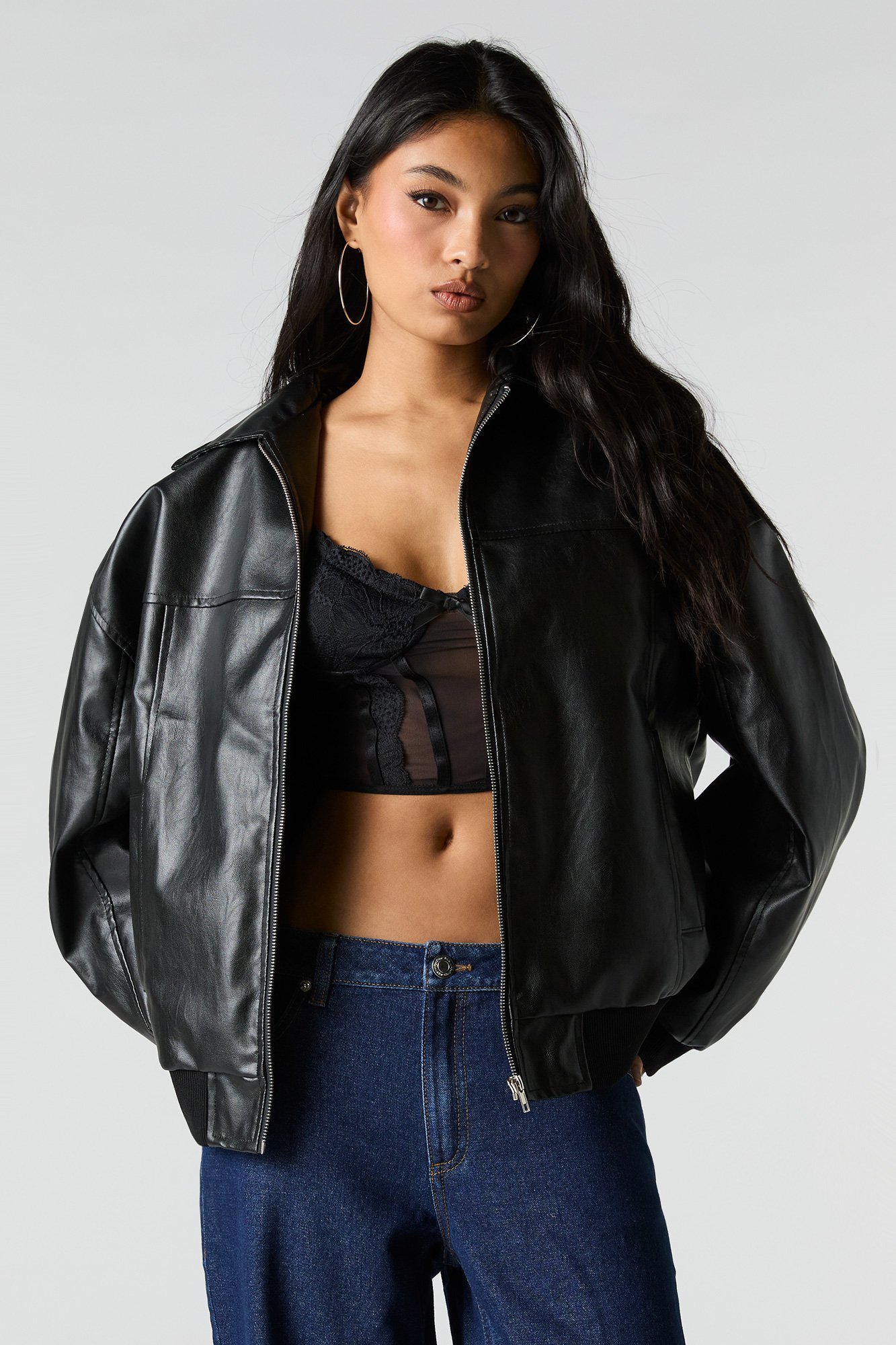
In-House Brands vs. Vendors vs. Retailers: Understanding the Key Differences
The retail business scenario is continuously evolving. Business owners and managers who aim to develop and optimize a retail supply chain must know the distinct roles of in-house brands, vendors, and retailers. Every character has a significant role that affects almost everything related to retail, such as cost structure, brand voice, customer loyalty, etc.
Read on to learn more about In-House Brands vs. Vendors vs. Retailers and their effect on the overall business process. Also, navigate through the benefits and challenges for a better understanding.
Defining In-House Brand vs. Vendor vs. Retailer
In-house Brands
When retailers themselves develop and own the product, they are termed as private label or in-house brands. In this type of product development process, no external vendor participates. From these products’ design to development, everything goes according to retailers’ fixed specifications. The name of the brand also reflects the retailer’s brand image.
Role
In-house products are born out of retailers. From production to packaging and pricing to marketing, everything is controlled by the retailer. For example – e-commerce giant Amazon created the private label Solimo for everyday essential household items.
Vendors
Third-party companies or entities or out-of-the-organization companies that supply products or services to retailers are called vendors. The products supplied by vendors can be produced by them or sourced directly from the manufacturers. Many vendors, having expertise in particular product types, even maintain business-to-business relationships with retailers.
Role
A vendor is responsible for ensuring a consistent and reliable supply of products to retailers. To ensure this process works efficiently, vendors take care of production, quality checks, and shipment fulfillment.
Retailers
Retailers are people who do direct business with customers. They sell in-house brands and products or services outsourced from vendors. Retailers can sell both types of products or a single type.
Role
Every business has a customer-facing side, which includes but is not limited to distribution, pricing, marketing and promotion, customer service, etc. For example, Walmart sells both its private labels and products from external vendors.

Benefits and Challenges of Each Role
In-house Brands Benefits
In private labels, companies get full control over the quality, pricing, and brand voice, helping them stand out in the competitive zone. This brand ownership model also eliminates the need for the middleman, thus significantly increasing the profit margin.
Apart from these, another great benefit that entrepreneurs enjoy with private labels is customer loyalty. Since the products are generally one of a kind, their uniqueness attracts users and keeps them attached.
Challenges
When developing a new product, great infrastructure and a high initial investment are required. For in-house development, from product design to marketing, everything has to be done solely by the company, leading to an expenditure spike.
Apart from the high investment, the complexity of the end-to-end production process also increases the retailer’s responsibilities, often resulting in a shift of focus from core strength.
Vendors Benefits
A concentrated focus on production and development makes vendors experts in specific categories, ensuring better reliability for retailers in different product categories. In addition to access to the latest technology and expertise in specific areas, cost-effective outsourcing is another benefit of outsourcing.
Challenges
When vendor outsourcing, retailers constantly have to depend on them for consistency in quality. Sometimes, the fluctuation of quality standards leads to bigger problems affecting the partnership and the business.
Other than quality control, retailers also have to let go of brand control when opting for outsourcing. Brand identity might not be reflected in the same way on the outsourced product when compared to in-house branding.
Retailer Benefits
As mentioned above, retailers work on the customer side of a business. They are actively involved in building stable relationships with customers and increasing brand value.
Retailers have the option to meet the needs of a diverse range of customers by offering both in-house and outsourced products, thus encouraging flexibility in product range.
Challenges
Without an efficient system and inventory management strategy, there’s a chance of running out of stock or having excess stock while managing multiple suppliers and sources.
In addition, maintaining a healthy relationship with the vendors while also promoting in-house brands becomes a matter of concern.

Examples of How Each Operates within the Retail Ecosystem
In-house Brand Example
AmazonBasics is a private label owned by Amazon, a global retailer. Multiple products are offered under the brand name of AmazonBasics, from electronics goods to home articles. Amazon controls every aspect of every product, from design to pricing, optimizing customer loyalty, and developing a strategy for higher profit margins.
Some other popular examples are Quechua by Decathlon, Dressberry by Myntra, etc.
Vendor Example
Nike is a global fashion vendor, supplying its footwear and fashion articles to retailers worldwide. In addition to working as a global vendor, Nike also runs retail stores. This widely spread business strategy has gained Nike a huge customer base worldwide.
Some other popular examples are Samsung, LG Electronics, Johnson &Johnson, Colgate, etc.
Retailer Example
Walmart caters to a broad customer base due to its approach of selling both premium items and value-oriented products. Customers looking for in-house brands can easily find them there, whereas customers in search of premium branded products outsourced from vendors also won’t be disappointed. Retailers like Walmart gain the most out of cost-effective outsourcing.
Some other popular examples are Zara, IKEA, Best Buy, Costco, etc.

Conclusion
Businesses with the goal of an optimized retail supply chain must understand the role of in-house brands, vendors, and retailers. This leads to better customer satisfaction, profitability, and efficient operation. Whether creating an identity with in-house products or outsourcing products from vendors, each of these characters plays a significant role in empowering businesses to satisfy customer needs efficiently.
Without a proper strategy and a dedicated growth partner, it is difficult to stay strong in the competitive zone and keep leading the market. Trusted by many, Muby Tech is a partner that goes beyond traditional values and helps brands shine brighter. With a dedicated team of experts and hands-on experience with the latest technologies, Muby Tech works efficiently to elevate the brand’s image.
Muby Tech is a reliable partner for brands looking to enhance their presence and tell their story through visuals. Visit now to know more.
By MubyTech
Global Image Editing Partner
Global Image Editing Partner